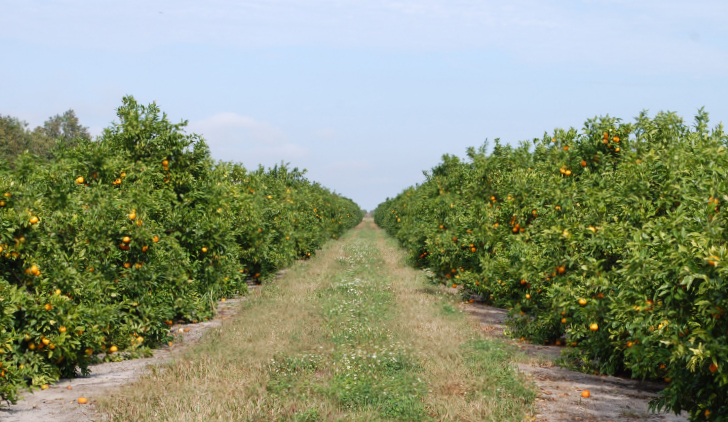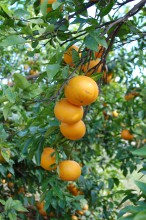
From oranges to grapefruit, Florida citrus is an $11 billion industry, with 94 percent of the crop turned into juice. But about 11 years ago, a disease-carrying insect invaded the state and started threatening citrus crops.
In 1999, Florida produced more than 11 million tons of fruit until tiny insects called psyllids were found in south Florida. When they feed on a citrus tree, it becomes infected with citrus greening disease, which causes the fruit to be misshaped and drop early from the tree. The disease can kill a healthy tree within three years.
Citrus growers reacted by cutting down trees as soon as they noticed signs of greening, but the disease was spreading quickly as these insects were being blown from tree to tree. Today, nearly 90 percent of Florida citrus trees are infected, and this year’s crop is expected to produce only about 3 million tons of fruit.
The good news is the citrus industry is rebounding after effectively coming up with processes to fight and slow down the spread of the disease. Growers are starting to see an increased harvest of sweeter oranges and grapefruits compared to previous years.
A juicy fruit
Growers want citrus varieties that can withstand diseases like greening, and our customers want delicious seedless and easy-to-peel fruits. The Orri clementine is the perfect solution.
The Orri clementine is a variety of mandarin that was originally developed in Israel as a cross between a Temple orange and Dancy tangerine. With an exceptionally sweet flavor, this juicy — but not messy — seedless,
Orri clementine is a variety of mandarin that was originally developed in Israel as a cross between a Temple orange and Dancy tangerine. With an exceptionally sweet flavor, this juicy — but not messy — seedless,
easy-to-peel Florida citrus fruit is grown in Fellsmere this time of year. The cooler weather allows the fruit to develop its sweet flavor and dark-yellow to orange color.
Because the grove is small by industry standards — about 400 acres — only stores in the Lakeland and Miami divisions will receive Orri clementines this winter. Stores in the Atlanta, Charlotte and Jacksonville divisions will receive clementines and other citrus from California.


